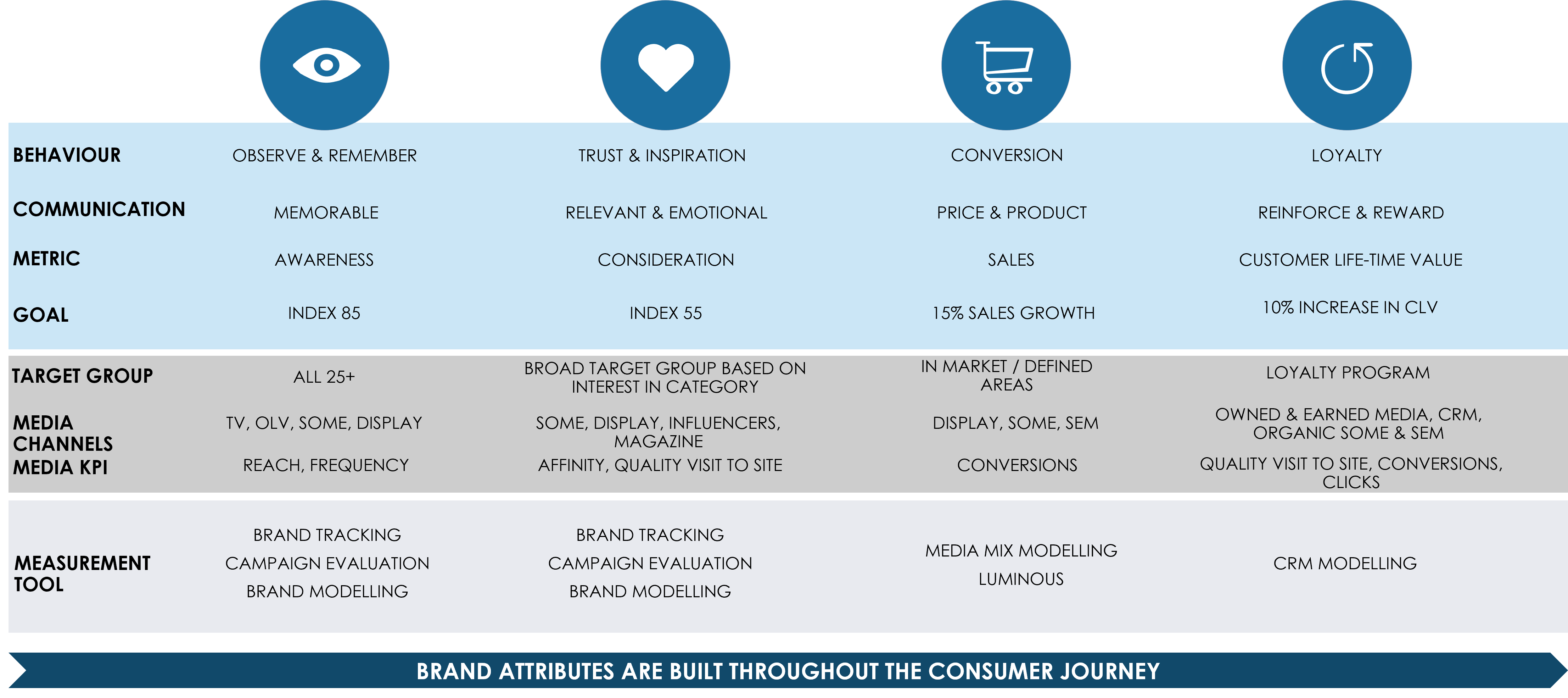Only when you know how your investments affect your sales and brand metrics should you make decisions to accelerate or slow down
Navigating marketing investments during a recession requires a strategic approach. It’s crucial to understand the impact of your investments on sales and brand metrics before deciding whether to accelerate or scale back. The days of considering bought media as a magic bullet to all advertising challenges are long gone. Simply relying on running TV commercials and newspaper ads while focusing solely on the share of voice (SOV), is an oversimplified approach. In today’s media landscape, creative ideas and strategic communication are essential for marketers. Pouring more money into ineffective advertising won’t automatically translate to a higher market share. Your communication must genuinely resonate with your target audience to achieve the desired outcomes.
Rather, bought media combined with a well-crafted media strategy, whether bought or earned exposure, along with a solid communication plan, is the combination that has the greatest potential to generate results. There is countless research on what bought media does to people’s subconscious and what role of “top of mind” and attention play in people’s choice of brand. Advertising is quite simple. You need to be visible to get consumers’ attention, and above all, consumers need to see the advertiser’s ads for the investment to have an effect. Of course, you also have to communicate a message that resonates with the target group you are trying to reach. This sounds obvious but is unfortunately quite far from how today’s media landscape is designed.

What today’s digitized media landscape gives us the opportunity to do is measure several different KPIs that can be more, or less, well-founded for decision-making regarding advertisers’ media strategies. Unfortunately, what many advertisers do today is use the digital platforms’ own attribution solutions and last-click analysis to optimize their media budgets. During the pandemic, we saw clear signs that it was the classic reach media that were the big losers, while many advertisers maintained their investments in digital channels. Presumably due to their perceived optimization potential. Nonetheless, this approach comes with its pitfalls, such as relying on faulty or oversimplified metrics like viewability as a significant KPI for digital media.

In reality, it is so simple that a well-designed KPI & Measurement Framework of bought and earned media’s effect on advertisers’ businesses is the real yardstick you should navigate by – especially in a recession where every penny is under scrutiny. If you have a well-developed measurement structure in place, and clearly defined KPIs and goals at each step of the consumer journey, you can both accelerate and carefully slow your way through a recession, because you know what the various investments generate for the business/brand. The budget can thus be optimized on an ongoing basis according to the brand’s ability to invest.

This is a far superior strategy compared to blindly slashing marketing budgets or hurriedly striving for a larger market share. Without a comprehensive understanding of which investments drive sales and efficiency, making decisions is akin to playing a costly guessing game. What seems like expensive media might actually be cost-effective when evaluated based on its impact on your business, and conversely, seemingly cheap media might prove expensive by the same yardstick.
In a recession, a well-constructed measurement setup that focuses on the right aspects becomes even more critical. It’s very likely that this will be your most valuable marketing investment in 2024 – an investment that can translate into savings or the strategic acquisition of market share.

